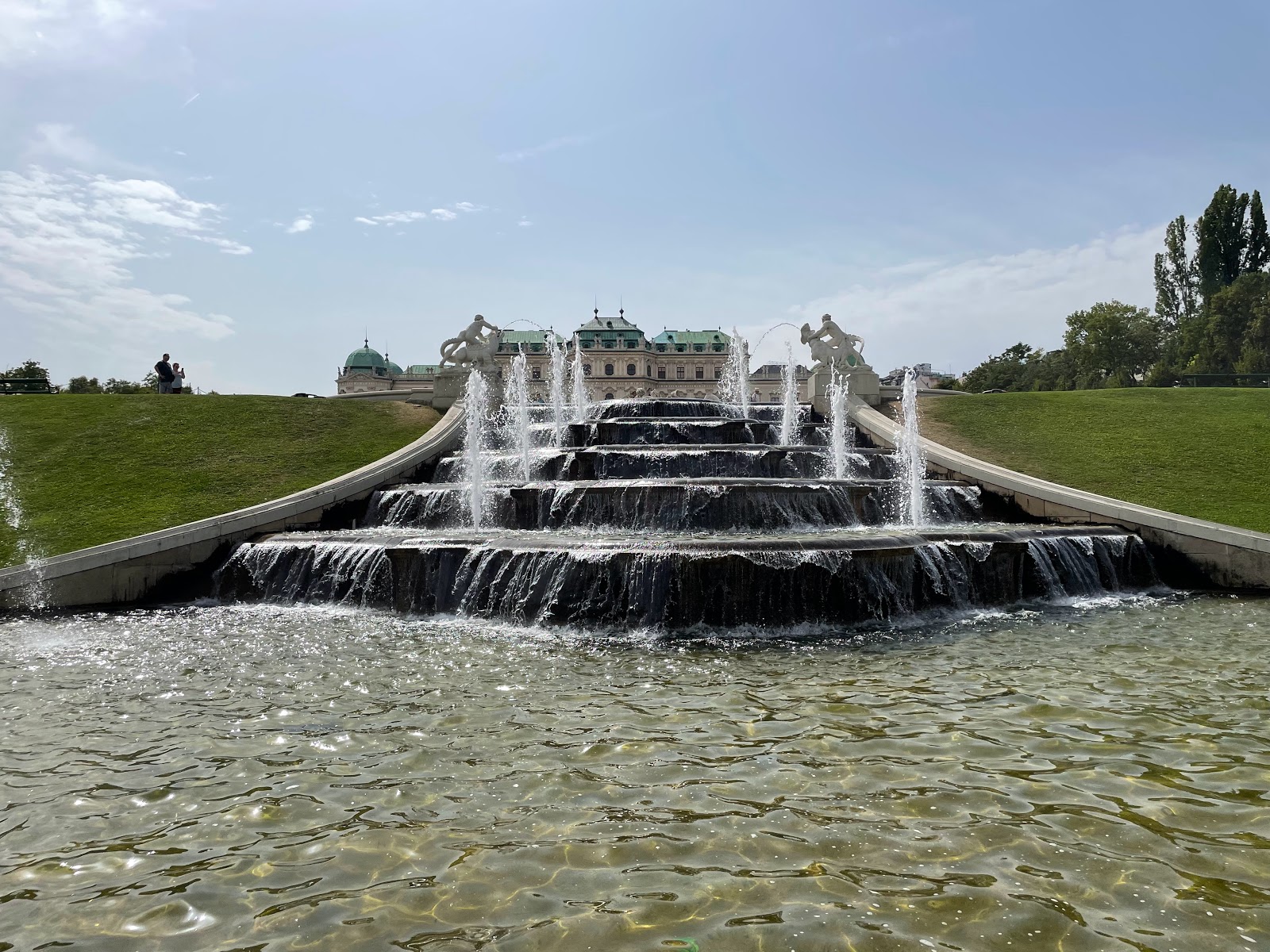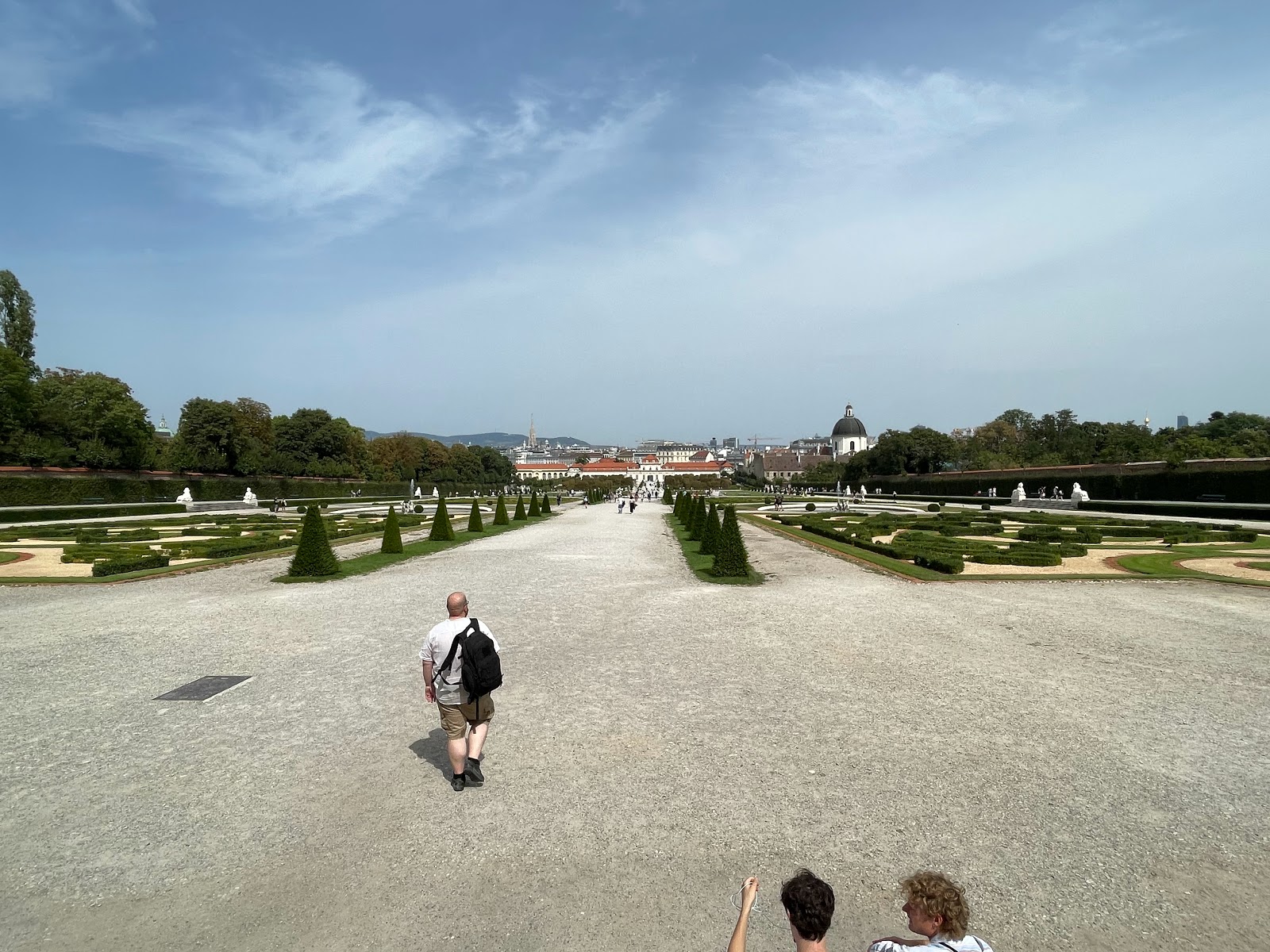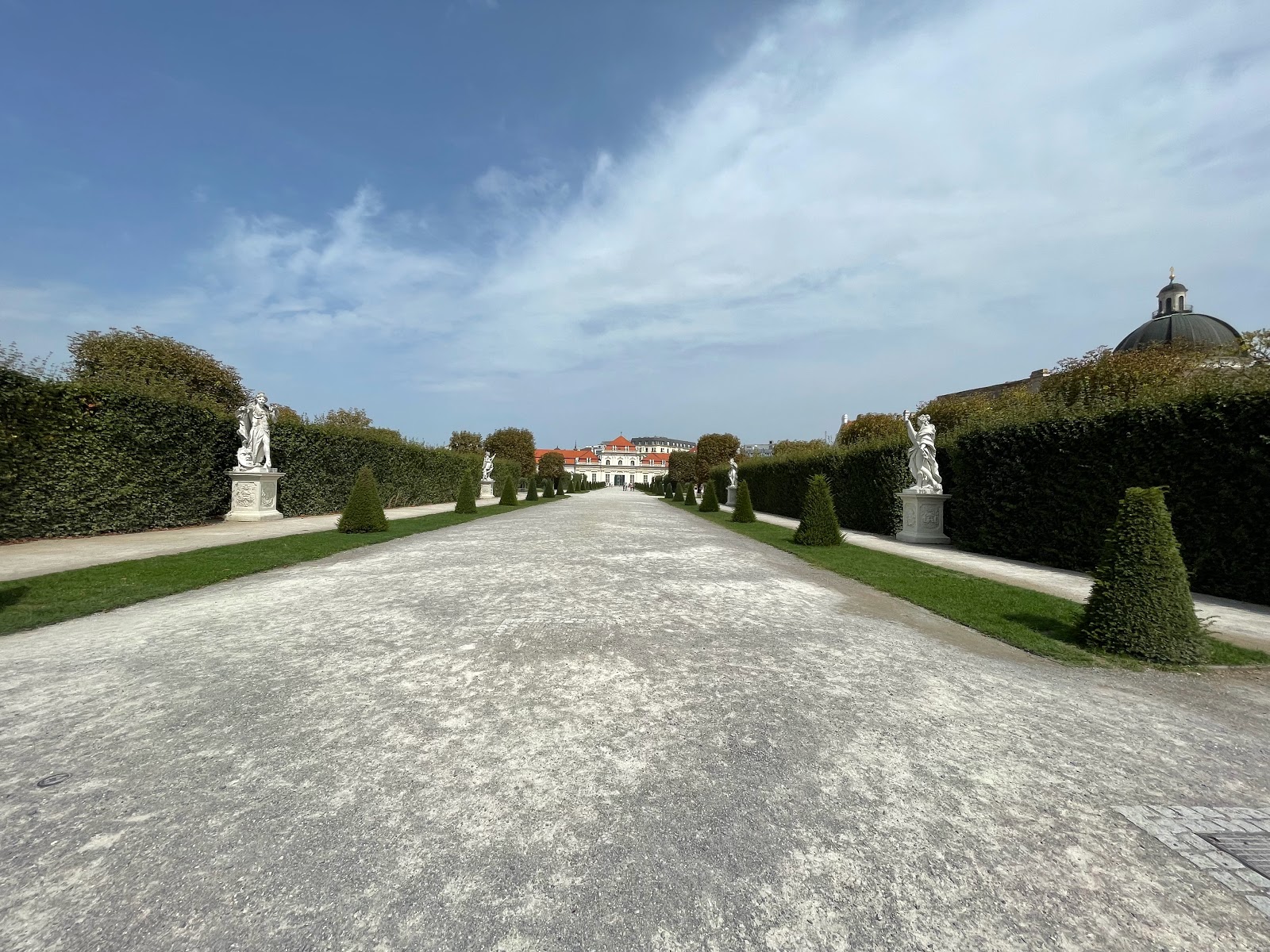Old Vienna
In the 1850s, Emperor Franz Joseph noticed that Vienna had grown substantially, with many houses having gone up outside the city walls. He then ordered the medieval walls be torn down and a tree-lined avenue be built where the walls had been. Today, the world renowned Ringstrasse (ring road) sits where the walls used to be. When the construction of this very wide and well-treed boulevard was completed Franz Joseph and his family initiated the construction of many impressive parks and public buildings that were built adjacent to this world renowned boulevard. Gym and his dear companion, spent a day hiking around the Ringstrasse's 5.2 kilometres of wide, tree-lined extent. They also ventured into Old Vienna on several occasions during their stay.
Two of the most notable green spaces in the city are adjacent to the the Ringstrasse. Stadtpark is home to statues dedicated to composers, Johann Strauss junior and Franz Schubert. Both of the aforementioned gentlemen were native sons of Vienna. On the other side of the ring road, is Rathauspark. Emperor Franz Joseph wanted this park designed over top of a former military parade ground near the Hofburg. When Gym and Mrs. Gym were there, the annual Summer Film Festival was in full swing. After sunset from July 1 to the end of August, one can watch a film on the big outdoor screen erected in front of City hall.
Many stately buildings lie on the Ringstrasse. We have already spoken about the Holfburg complex and the Vienna Opera House but there is also the Rathaus, the Parliament Buildings and the Votivkirche. All three of these impressive buildings were in various states of renovation when our travellers were in town.
If you wanted to go shopping in Vienna, where would you go? Gym recommends Kaertner Street. Right between the Bristol Hotel and the Vienna Opera House is where Kaertner emerges from the Ringstrasse. It is the best outdoor shopping mall in the whole of the capital. All the high end shops are represented on this street, punctuated by chi chi restaurants, fast food joints and wiener kiosks. If you want to be seen in Vienna, this is the place. Gym bought a t-shirt at one of the high end department stores midway down this pedestrian-only mall because his alert companion noticed it was a screaming hot deal.
In the middle of Old Vienna, at the end of Kaertner Street, is the majestic St. Stephen's Cathedral. It has been adopted as the symbol of the city. From its tallest tower one can see all of Vienna. Tourist volume was very high the day Gym and his dear wife visited and as such, they did not scale the the stairs to the viewpoint. Notwithstanding, they did explore the front of church which is open to the public for free. You can access part of the Nave and one or two of the chapels in the public area which are partially lit by the glow of thousands of prayer candles. Gym and his dear sidekick bought a candle and dedicated it to Audrey, their first grandchild.
On two consecutive evenings our travellers bought tickets to live classical performances at two different palace ballrooms near the hotel. The first one was a performance by the Vienna Supreme Orchestra and its soloists at the Palais Eschenbach. The next night, they were entertained in Palais Schonborn-Batthyany by the Baroque and Classical ensemble. Both these concerts were excellent and really gave our duo an appreciation for the incredible arts scene in Vienna where Mozart, Strauss, Schubert and many others worked and lived.
 |
| Vienna Supreme Orchestra in the Palais Eschenbach |
 |
| Not far from Kaertner Street is the Holy Trinity Column dedicated to those lost during The Plague |
 |
| The Rathaus (city hall) with the Summer Festival screen set up in front. Visible is scaffolding indicating renovations ongoing at the time of the visit. |
 |
| Votivkirche, a Neo Gothic church built by Franz Joseph's brother in thanks to God after the Emperor survived an assassination attemp.t |
 |
| Banks of candles help to light up the front of the Cathedral. |
 |
| It is awe inspiring in St. Stephen's Cathedral. |
 |
| Kaertner Street Wiener cart |


























